How To Braid Hair? 6 Different Types Of Braid Technologies For Beginner

Learn how to braid, from the basic three-strand braid to Dutch, Fishtail, and more.
Braids are an expansive world, with countless types and techniques to try. If you're new to braiding, this can get overwhelming. That's why, right here we have a guide to make it easier for you.
Now, you can learn about some of the different braids and how to create them. Whether you're hoping to master a French braid, a Dutch braid, or a simple three-strand braid, it's not too late to know how. With this, you'll be a master in no time.
Before You Get Started
1. Clean and Detangle
It's a must to clean and detangle your hair before you start braiding no matter the braids you're going for. Braiding dirty hair will cause build-up and can make it hard to braid. You might also experience itching sooner than when it's clean.
So, wash your hair, dry it properly, and detangle it. If it's difficult to detangle, add a moisturizer before you comb through. Likewise, you may want to keep the moisturizer nearby when you begin to braid.
2. Volumize
If you have silky hair, it might not be easy to braid since you can lose grip. So, use a volumizing powder on your hair before you braid. You'll notice a difference once you apply the product.
3. Your Styling Tools
Different braids call for diverse tools. However, some styling tools are essential for all braiding types. These include tools such as a hairbrush, rattail comb, and hair bands. If you'll be adding hair extensions to your hair, you want to include them in your list too.
6 Different Types of Braids and How to Achieve Them
1. Basic Braid

The basic braid is one of the easiest braiding techniques to try as a beginner. It's straightforward, which makes it a good place to start before moving to more technical ones. It can prepare you for the complicated types that will come later in this post.
This is achieved using three strands, placing them over one another. To do this, simply gather your brush, rattail comb, and hair bands.
How To Basic Braid:
- Start by combing through your hair to remove any knots that may be in your hair.
- Divide your hair into different sections afterward, making sure the lines are neat and clean.
- Now, pick one section and further divide it into three parts.
- Keep them equal, then cross the right strand over into the middle; do that for the left strands as well.
- Again, cross the right strand into the middle, then take the left and do the same.
- That's all you have to do till you reach the ends of your hair. Once you're there, tie using a hair band and move to other sections of your hair.
You can style this into one braid without sectioning or dividing your hair, especially if you're wearing a wig. Whichever way you want it.
2. Box Braid

Similar to the basic braid, box braids use the three-strand method. However, these braids are in small square-shaped sections and include adding hair extensions to your hair.
While the part where you add extensions to each section might be difficult if you're still practicing your braids, do not worry, we have a tip on how you can do it.
Add your hair extensions after braiding your hair first. Another way is to divide the hair extensions into three parts as you would with your hair.
How To Box Braid:
- Part your hair into small square shapes.
- Pick a section, add your hair extensions, and begin to braid your hair. Use the basic braid method, crossing your side sections into the middle.
And that's all you need to do. If you want a nice, natural finish, pick the ends of your hair extension before you braid.
Hairstyles

3. French Braid

French braids are a popular, traditional braiding method that's intricate and chic. It involves using a three-strands method that runs from the crown of your head and keeps adding hair when braiding.
You can style this all to the back or any way you like since it's versatile. This means there's no way you can't wear and position it.
Note that at first, it might not be neat, but with time and continuous practice, you'll have gorgeous French braids sooner than you think.
How To French Braid:
@cheban_alena Replying to @dahomieari Hopefully this was slow enough! I utilize all my fingers and not the easiest to show on camera when doing a braid on yourself. Start with 3 strands, cross 2, and by the 3rd strand add hair and so on🤍. I dont start with little strands, i start halfway on scalp with good sizes ones☺️. #braidstutorial #braidhairstyles #frenchbraid #frenchbraidtutorial ♬ BIRDS OF A FEATHER sped up - Lilly 🎃
- Brush your hair through.
- Pick a section at the front of your hair, then split it into three (similar to the three-strand braiding style)
- Next, braid your hair, crossing the right strand over the middle and doing the exact thing for the left side.
- Move back to the right, this time before you cross add a bit of hair from your scalp, then cross once more. Go to the left side again, pick from your scalp, and cross. You'll continue this step until you get to the tip of your hair.
- Hold it in place with a rubber band to keep it from losing and you're done styling the French braid.
Hairstyles

4. Dutch Braid

The Dutch braid is another popular braid that’s gaining attention these days. It's done in the opposite way of a French braid, meaning it’s inverted and appears more voluminous.
This Dutch braid technique also uses three strands, like the French braid, but flows outward instead of inward.
If you've grasped the idea of French braids, this should be easy for you since it entails the same steps but with a slight difference.
How To Dutch braid:
- Start by parting your hair into two parts, if you want two Dutch braids on your head.
- Next, choose a side and begin to braid from your hairline. Divide a small section at the front into three first, then pick the right side and cross it to the middle underneath, go to the left, and cross it too.
- Add a few strands from your scalp to the right side, then cross it. Again, add from the left and cross it to the middle. Continue with these steps till you're done with the first part.
- Hold your hair afterward to keep it from losing, and move to the second part.
The main thing for Dutch braids is to cross your hair underneath instead of over to the middle.
How To Dutch Braid With Braiding Hair
Hairstyles

5. Fishtail Braid

The fishtail braid is more of a complicated braiding style because it's different from the three-strand method. However, it's achievable with practice. Simply take your time to go over the steps we'll outline and it won’t be long before you get it right.
Fishtail braids are achieved with two equal parts and that’s unlike the braid types we've mentioned so far in this post. They are very fancy and look like fish scales.
How To Fishtail Braid:
- Split your hair into two parts. Make sure they're even.
- Pull a small section from underneath one part (right side), wrap it around it, and add it to the other part (left side).
- Take from the other part, also from beneath, and pull it across and over to the right side.
- Repeat these steps till you're done.
Remember that if you want it tight, you have to make your grip a little tighter. That way, it's not loose.
When practicing, to get the fishtail braid easily, put your hair into a ponytail before styling. Once you’ve mastered that, try the fishtail braid attached to the scalp.
Hairstyles

6. Twisted Rope Braid

This braid type makes the world easier for those who are not used to braiding. With only two strands, it gives a beautiful style.
While that's similar to the fishtail braid in terms of the number of parts used to achieve it, this is different and much easier.
How To Twisted Rope Braid
- Pull your hair into a ponytail style and hold it together with an elastic.
- Now, divide your ponytail into two parts, and make sure they're even.
- Then, twist them around each other, crossing one over the other. You can also roll each of them first before you wrap them together. That way, your rope braid looks well twisted.
Hairstyles

Frequently Asked Questions about Braids
1. How many braid types are there?
There are numerous types of braids. Here, we listed about six but there are more.
2. What type of braid is the easiest?
This is relative, as a braiding method that’s easy for one person might be challenging for another.
If this is a concern about yourself, you can try out the different braid types in this post to see what's easy for you.
That said, the rope braid is generally considered simple, and the basic three-strand braid serves as a foundation for learning other intricate types.
3. What is the hardest type of braid?
Just like with the easiest braiding method, the hardest also depends on each individual. What you may struggle with may be easier for someone else.
Conclusion
We've informed you about some of the different types of braids and what you need to get started in mastering them. And while there are still many more, with new techniques coming out each day, having the basic knowledge of the braids in this list, sets you up for success and makes learning other techniques much easier.












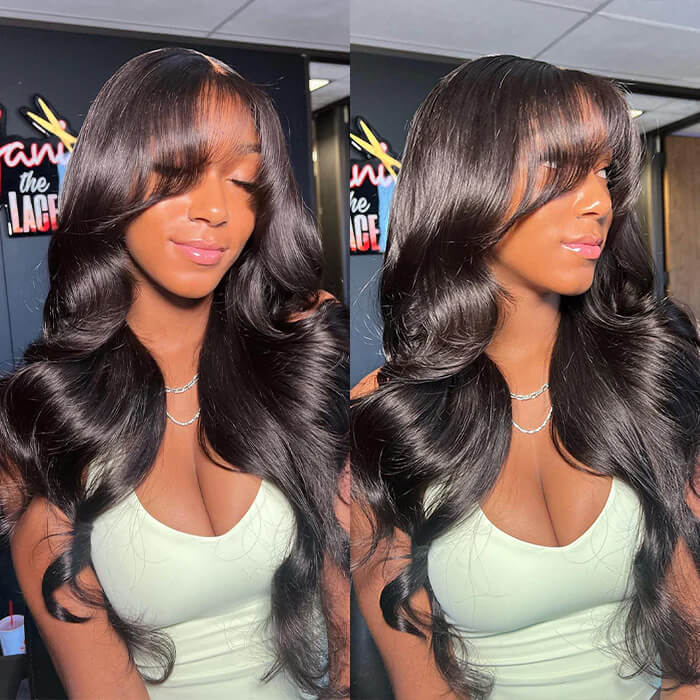


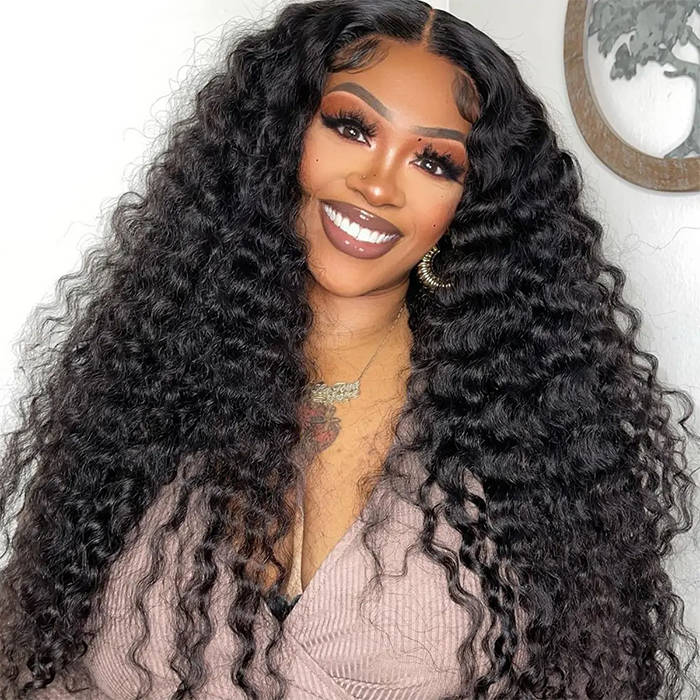















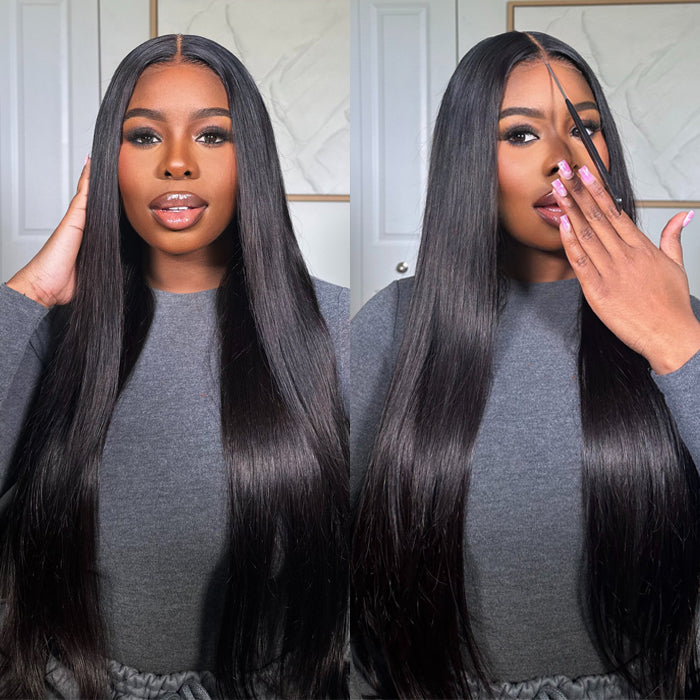



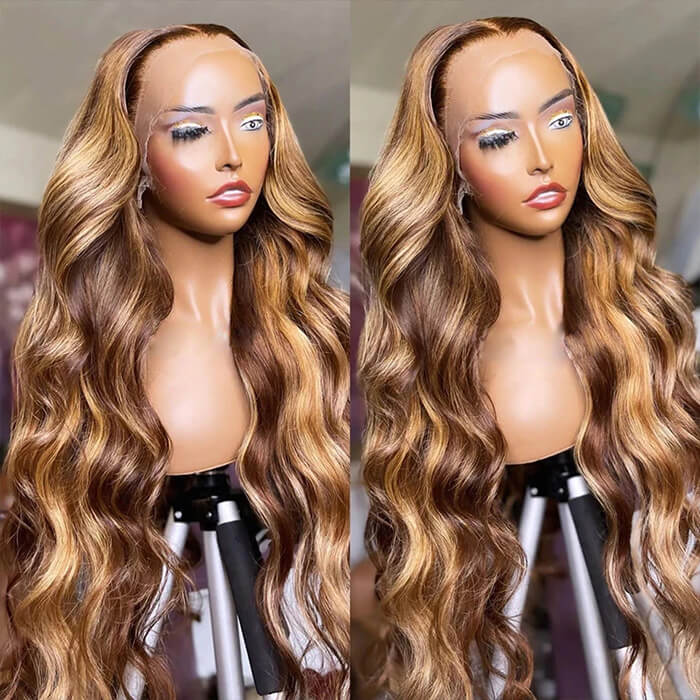
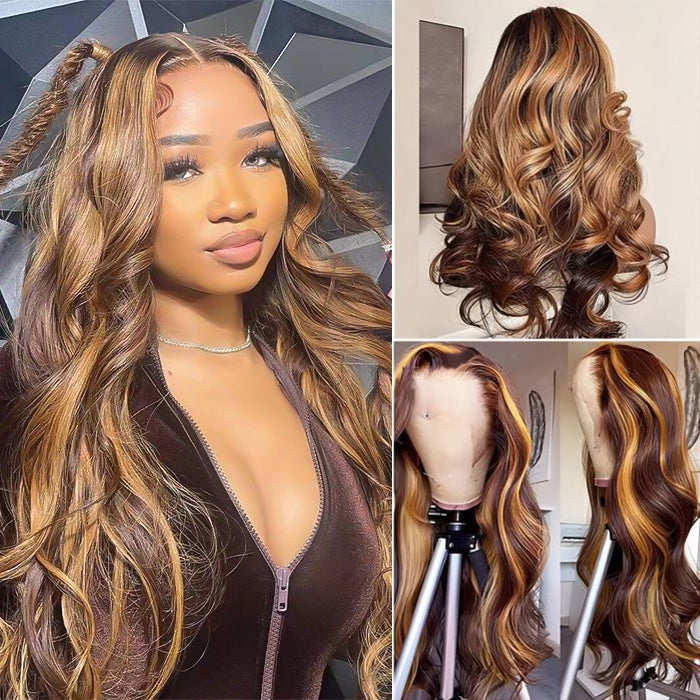
Leave a comment